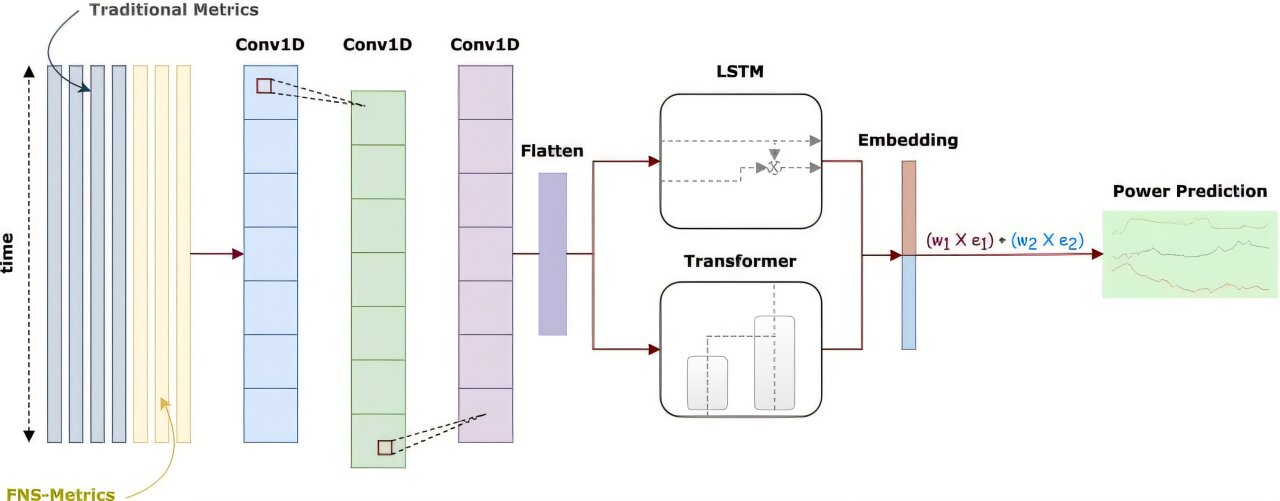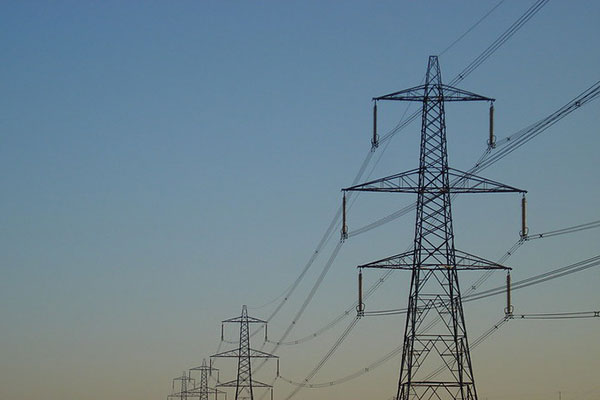- Integrating First Nations seasonal calendars with a deep learning model enables more accurate solar power forecasting, reducing prediction error rates to less than half those of standard industry models.
- This approach leverages local ecological knowledge, improving the precision of solar generation predictions, particularly in specific regions and potentially benefiting broader renewable energy applications.
The in-depth observations of First Nations seasonal calendars could be key to improving solar power forecasting, according to a world-first study by Charles Darwin University (CDU).
The study, “Conv-Ensemble for Solar Power Prediction with First Nations Seasonal Information” published in IEEE Open Journal of the Computer Society, combined First Nations seasonal calendars with a novel deep learning model, an artificial intelligence technique, to predict future solar panel power output.
Solar is one of the world’s leading renewable energy alternatives but there continue to be challenges with the technology’s reliability.
At present, solar power generation is difficult to predict because of weather, atmospheric conditions and how much power is absorbed on a panel surface.
CDU researchers developed the model using the Tiwi, Gulumoerrgin (Larrakia), Kunwinjku and Ngurrungurrudjba First Nations calendars, and a modern calendar known as Red Center.
Researchers used data from the Desert Knowledge Australia Solar Center in Alice Springs, and the results show the model can predict solar power generation with a lower error rate.
The error rate is less than half of the error rate that popular forecasting models use in the industry right now.

The proposed ensemble model with three Conv1D layers and the ensemble of the LSTM model and the Transformer model. The traditional and FNS-Metrics are inputted for power prediction. Credit: IEEE Open Journal of the Computer Society (2025). DOI: 10.1109/OJCS.2025.3580339
Co-author, CDU Ph.D. student and Bundjalang man Luke Hamlin said the environmental knowledge held within these calendars was an invaluable resource.
“Incorporating First Nations seasonal knowledge into solar power generation predictions can significantly enhance accuracy by aligning forecasts with natural cycles that have been observed and understood for thousands of years,” Mr. Hamlin said,
“Unlike conventional calendar systems, these seasonal insights are deeply rooted in local ecological cues, such as plant and animal behaviors, which are closely tied to changes in sunlight and weather patterns.
“By integrating this knowledge, predictions can be tailored to reflect more granular shifts in environmental conditions, leading to more precise and culturally informed forecasting for specific regions across Australia.”
Associate Professor in Information Technology Bharanidharan Shanmugam and Lecturer in Information Technology Dr. Thuseethan Selvarajah, who are co-authors of this paper, said the combination of advanced artificial intelligence and ancient First Nations wisdom could revolutionize prediction technology.
“Accurate solar power prediction is challenging, and these challenges hinder the development of a universal prediction model,” Associate Professor Shanmugam said.
“The success of the proposed approach suggests that it could be a valuable tool for advancing solar power generation prediction in rural areas, and in future work we’ll explore the applications of the model to other regions and renewable energy sources,” Dr. Selvarajah said.
Publication Referenced in the Article:
Selvarajah Thuseethan et al, Conv-Ensemble for Solar Power Prediction With First Nations Seasonal Information, IEEE Open Journal of the Computer Society (2025). DOI: 10.1109/OJCS.2025.3580339.
This article has been adapted from source material published by Charles Darwin University.







Comments